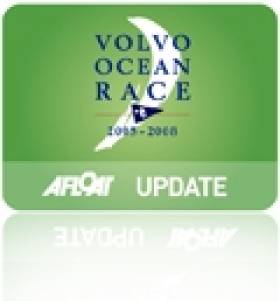Displaying items by tag: sponsors
Green Dragon Backer Works His Magic for VOR in Abu Dhabi
Abu Dhabi's The National has an interview with David Hassett, commercial director of Abu Dhabi Ocean Racing and Irish yachting veteran, ahead of the city's hosting of the Volvo Ocean Race.
Hassett was instrumental in bringing the race to Galway in 2009, and was one of the team behind the Green Dragon, Ireland's underdog entry which took the yachting world by surprise by clinching three podium finishes.
This time round, Hassett is hoping to work similar magic for Abu Dhabi as it hosts a stopover of the next Volvo Ocean Race at the end of the year - and enters its own yacht in the competition, with at least one Emirati crewman on board.
As commercial director, 40-year-old Hassett - originally from Cork and a championship sailor in his youth - is responsible not only for raising funds, but making sure that his sponsors get the best return on their investment. And that means getting their race entry seen.
"It's my job to ensure that the billboard is effective," he says. "Everywhere the boat goes, the name Abu Dhabi goes and it becomes synonymous."
Top pritority for Hassett is marketing Abu Dhabi as a "winter watersports destination", and encourage more people in the region to get off their jet skis and into sailing.
The National has more on the story HERE.























